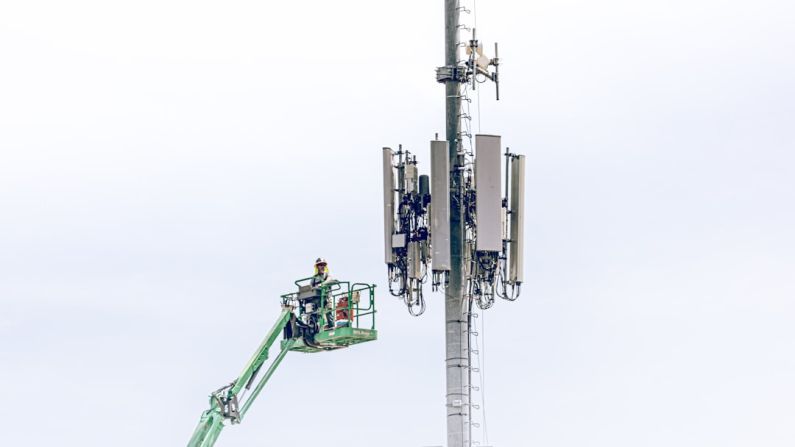What Are the Security Concerns with 5g?

The Evolution of Mobile Technology and the Security Concerns with 5G
As technology continues to advance at a rapid pace, the next generation of mobile connectivity, known as 5G, is set to revolutionize the way we communicate and interact with the world around us. With promises of faster speeds, lower latency, and increased capacity, 5G holds the potential to transform industries and pave the way for innovative applications such as autonomous vehicles, smart cities, and the Internet of Things (IoT). However, with these advancements also come a new set of security concerns that need to be addressed in order to ensure the safety and privacy of users.
Understanding the Potential Threats
One of the primary security concerns with 5G technology is the increased attack surface it presents. With more devices connected to the network and transmitting data at faster speeds, the potential for cyberattacks also rises. Hackers could exploit vulnerabilities in the network infrastructure or devices connected to 5G, putting sensitive information at risk. Additionally, the sheer volume of data being transmitted over 5G networks could make it harder to detect and respond to security breaches in real-time.
Another security concern with 5G is the use of virtualization and software-defined networking (SDN) technologies. While these technologies offer greater flexibility and scalability, they also introduce new vulnerabilities that could be targeted by cybercriminals. For example, a flaw in the virtualized infrastructure could allow attackers to compromise multiple network functions at once, potentially causing widespread disruption.
Privacy is also a significant concern when it comes to 5G technology. The massive amount of data generated by 5G-enabled devices, combined with the ability to track users’ locations and behaviors in real-time, raises questions about how this data will be collected, stored, and used. There is a risk that personal information could be exploited for malicious purposes or inadvertently exposed due to inadequate security measures.
Mitigating the Risks
To address the security concerns associated with 5G technology, industry stakeholders must work together to implement robust security measures at every level of the network. This includes securing the network infrastructure, devices, and applications, as well as encrypting data to protect it from unauthorized access. Network operators and service providers should also conduct regular security audits and penetration testing to identify and address potential vulnerabilities before they can be exploited by attackers.
In addition to technical safeguards, user awareness and education are crucial in mitigating the risks associated with 5G technology. Users should be informed about the potential security threats and best practices for protecting their devices and data. This includes using strong passwords, keeping software up to date, and being cautious about the permissions granted to apps and services.
Furthermore, regulatory frameworks and standards play a vital role in ensuring the security and privacy of 5G networks. Governments and industry organizations must work together to establish guidelines for securing 5G infrastructure and enforcing compliance with security best practices. By setting clear expectations and holding stakeholders accountable, regulators can help create a more secure environment for the deployment of 5G technology.
In Conclusion: Safeguarding the Future of Connectivity
As we embrace the possibilities of 5G technology, it is essential to remain vigilant about the security risks that come with it. By understanding the potential threats, implementing robust security measures, and fostering collaboration among industry stakeholders, we can ensure that the benefits of 5G are realized without compromising the safety and privacy of users. With the right approach, we can safeguard the future of connectivity and pave the way for a more secure and resilient digital ecosystem.